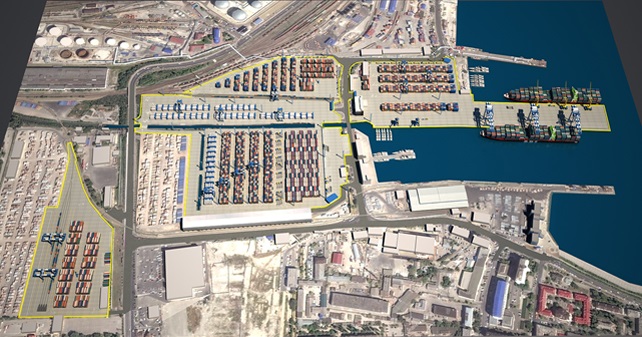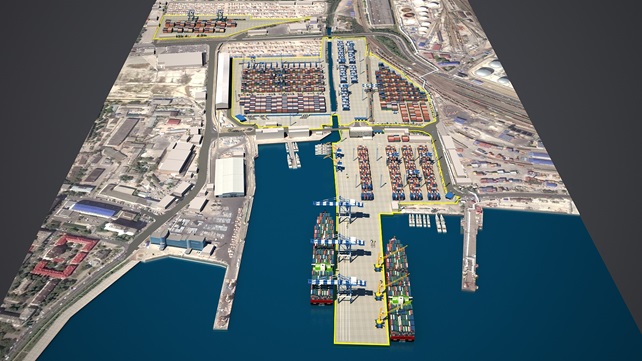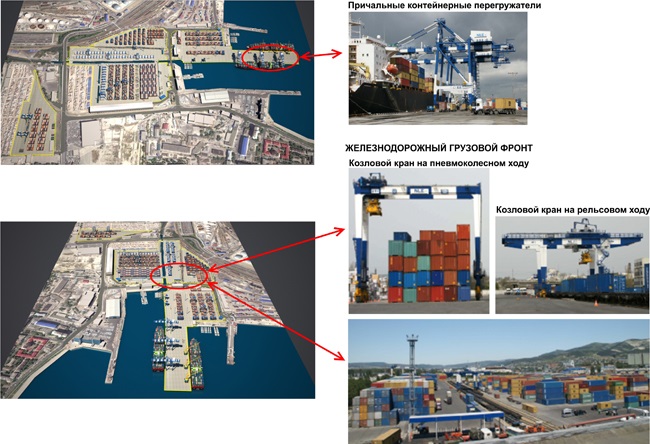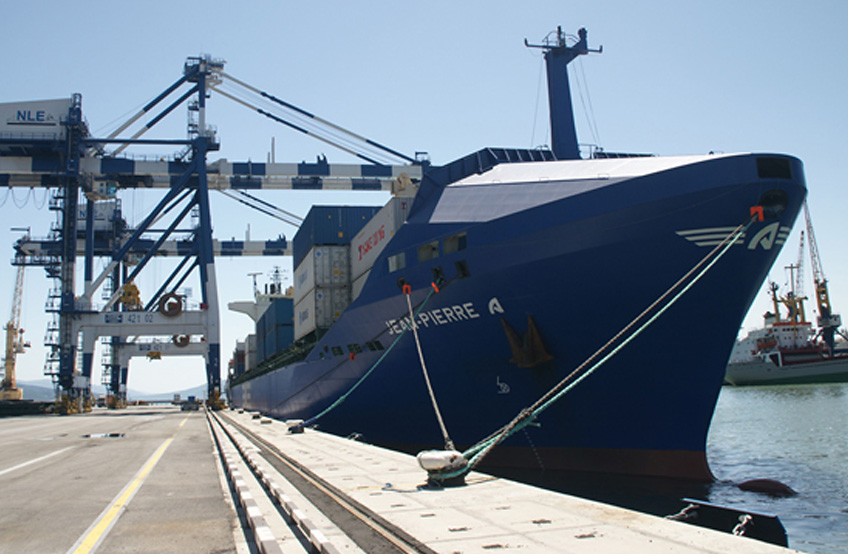
Holding: NMTP Group
Client: JSC Novoroslesexport
Construction timeline: 2012 to date
Project objective
The project entails the reconstruction of berths 28A, 28, 29 and 30, as well as the existing container storage areas, with the objective of delivering a container terminal with a maximum capacity of 500,000 TEUs per year.

Work completed so far:
- Engineering surveys;
- Project documentation for reconstruction of the terminal;
- Working documentation.

Port complex main characteristics
Currently, JSC Novoroslesexport handles approximately 300,000 TEUs per year. The reconstruction will involve the following elements:
- a 30% increase in freight-handling capacity through storage area expansion;
- an increase to the size of the vessels served by the berths;
- optimisation of technological working processes.
In order to enable container vessels of up to 7,000 TEU capacity to be serviced, it is envisaged to extend the berths of the timber wharf by 50m.
In order to ensure safe docking and manoeuvring operations for vessels docking at berths 28A and 28, dredging work will be necessary to achieve the design depth of 13.6m. Alongside berths 29 and 30 it is planned to carry out remedial dredging with the objective of achieving a design depth of 14.5m.
Key features of the project
The reconstruction work on the terminal will take place within the limits of the existing territory of JSC Novoroslesexport. There are no plans to acquire additional land from the urban built area, while layout optimisation and improvements to technological working processes will enable a significant expansion of the storage areas to be achieved.
Within the borders of the terminal, it is planned to rebuild five existing bridges and to construct two entirely new road bridges.
Notwithstanding the capacity increase, the complex’s impact on the environment is reduced to a minimum. For the treatment of waste water from the storage areas, modern self-contained underground treatment facilities will be used. Treated and purified rainwater will drain from the local treatment facilities into the river Tsemes. Use of state-of-the-art equipment will minimise emissions into the atmosphere, and the majority of the cranes at the terminal will be powered by electricity.

Result
The project has successfully passed public consultation, has received ecological expertise approval, and is currently undergoing state expertise.









